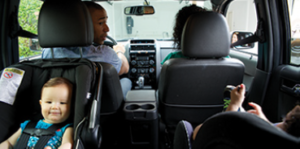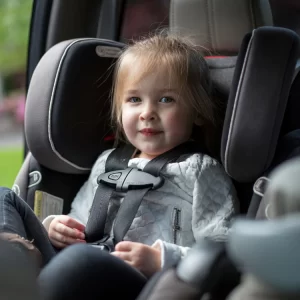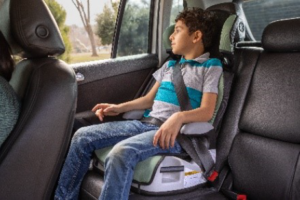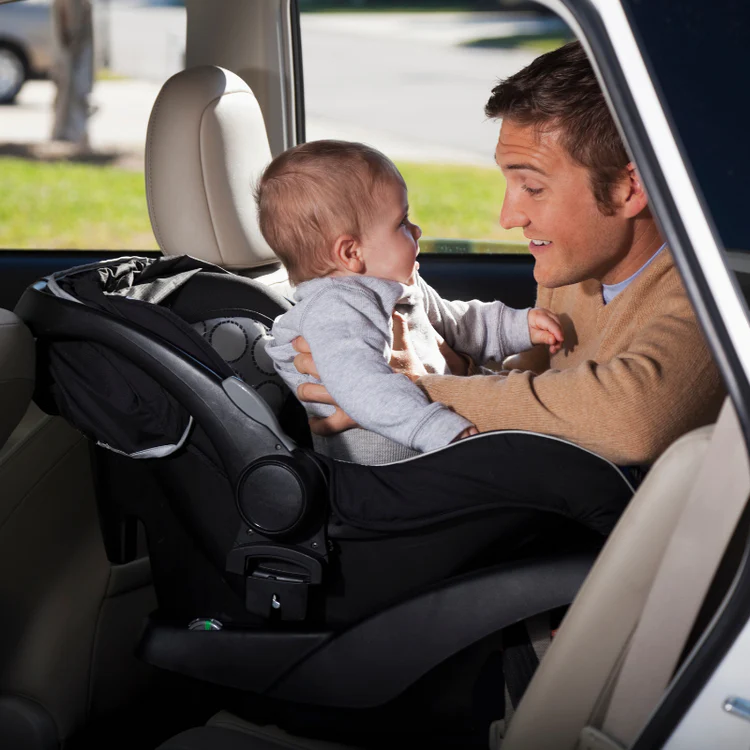Choosing the right child car seat for your child is crucial for their safety. I would like to help you, Dear Caring Guardians to Understand the four stages of a car seat use – rear-facing, forward-facing, booster seat, and seat belts – and learn about the American CDC guidelines to keep your child secure on every journey.
Stage 1: Rear-Facing Car Seat (Birth until ages 2–4):
– Infants and young children should ride in a rear-facing car seat, providing protection to their head, neck, and back during sudden stops or crashes. https://amzn.to/45LT0w2
– Follow the manufacturer’s recommended recline angle based on your child’s weight, ensuring proper support for the head and airway.
– Never place a rear-facing car seat in the front seat to avoid potential harm from passenger airbags.
Stage 2: Forward-Facing Car Seat (After outgrowing rear-facing seat and until at least age 5):
– Once your child outgrows the rear-facing seat and weighs at least 10 kg (22 lb), switch to a forward-facing car seat with a built-in harness for added safety. https://amzn.to/3qUB8QR
– Continue using the forward-facing seat until your child reaches the car seat’s weight or height limits.
Stage 3: Booster Seat (After outgrowing forward-facing seat and until seat belt fits properly):
– Booster seats are designed for children who have outgrown their forward-facing seat and weigh at least 18 kg (40 lb).
– Ensure the booster seat fits your child and your vehicle, providing a comfortable sitting position with proper seat belt placement. https://amzn.to/3sulaNB
– Transition to using just the seat belt when it fits your child correctly without the need for a booster seat.
Stage 4: Seat Belts (When the seat belt fits properly without a booster seat):
– Only use the vehicle seat belt without a booster seat when children have outgrown the booster seats.
– Confirm that the seat belt fits properly, considering age, weight, and height limits specific to your province.
– Test the seat belt fit in all vehicles to ensure consistent safety.
Conclusion:
Prioritizing your child’s safety while traveling is crucial at every stage of their growth. Follow the American CDC guidelines and consider the specific needs of your child to select the right car seat for each stage. Remember the six essential safety tips for every trip to protect your child and set a good example for responsible car seat usage.
on every trip: no matter how short the trip may be
-
- Install and use car seats and booster seats properly.
- Don’t seat children in front of an air bag.
- Buckle children in the middle of the back seat when possible.
- Use the top tether with forward-facing car seats.
- Ensure that children ages 12 and younger are properly buckled in the back seat.
- Parents and caregivers can set a good example by always wearing a seat belt.
To all the dedicated parents reading this, I would like to express my thanks and appreciation and encourage you to share your comments with us. Visit our resources and tools section for more pratical actions
